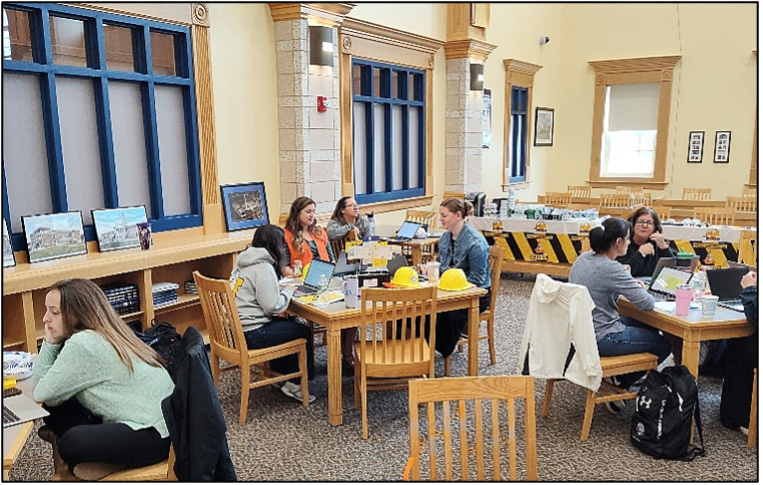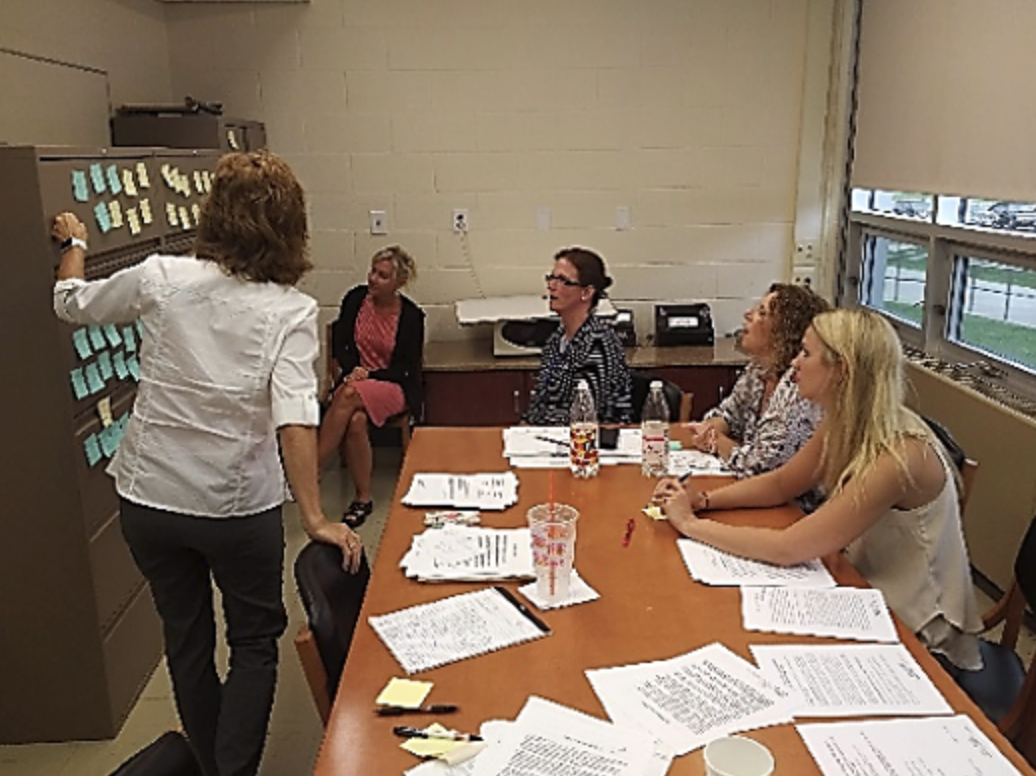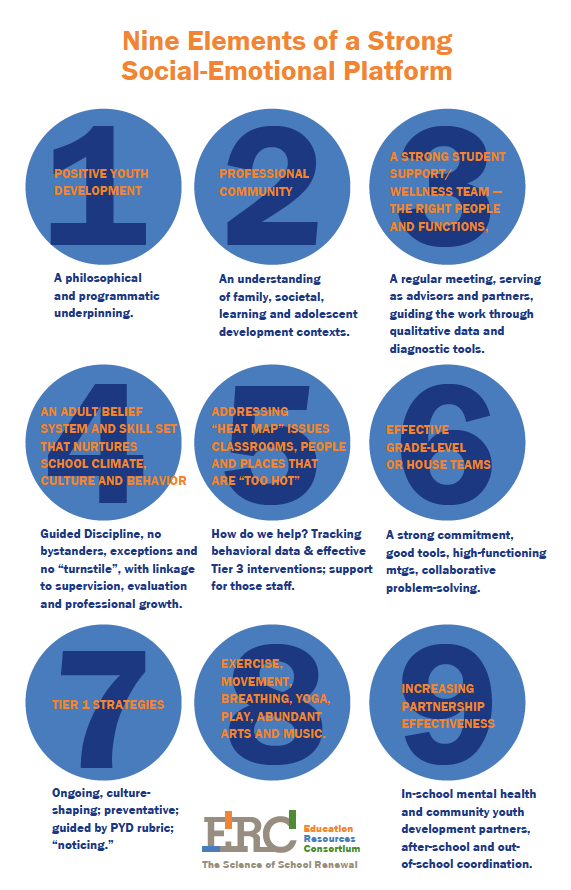Happy New Year and Welcome 2025!
It’s that time of year. People are thinking about things they’d like to do better, enjoying greater rewards, promoting wellness, even contributing to the state of the world in the coming year. We like the idea and here we are to offer some thoughts to the people “at the top” of our school districts and the schools themselves.
#1- School boards: take the youth mental health crisis much more seriously.
When school-age mental health issues are substantial enough for the Children’s Hospital Association and the American Academy of Pediatrics to declare a national emergency, where does that leave our schools? Schools are, and have been for some time, the locus of youth mental health issues in our communities, but schools are not built or prepared for that burden. Far from it. Don’t expect to have district and school leaders cope with the surging demand for mental health support when you are “level funding” them or asking them to cut a teacher in order to get another mental health professional. Tinkering with “SEL” or Restorative Justice barely scratches the surface of what the situation demands. Behavioral issues buffet virtually every school with striking intensity. Class and geography are no longer sufficient insulation to cyber bullying, orchestrated and videoed fights, or anxiety from the threat of weapons and active shooter drills.
School principals rely on resources granted from above. School leaders have told us they worry that they will be seen as complaining if they raise such issues. Many are unfamiliar with how best to integrate such precious investments in ways that make a difference. -That has got to change. In addition to more trained professionals in each building and far greater outreach and engagement with families, school districts must routinely invite and host mental health partner organizations. It’s our most critical work at present and we need an all-hands-on-deck approach, convened by school leaders but involving the broadest possible audience.
2- Superintendents and Boards: Don’t kid yourselves --get your principals the kind of coaching they need.
In our coaching for principals and other administrators we’ve seen the job change dramatically, have enumerated the challenges faced by school leaders, and watched them only get more numerous and more complicated.
As we’ve pointed out, good coaching is not a “how-to” exercise best achieved by an occasionally-available district colleague. It’s high-touch work, helping to surface blind spots, reallocate precious time more strategically, escape from administrivia to address volatile or neglected areas, or getting a safe and informed opinion on a complicated decision.
It remains a mystery why more districts and especially their boards don’t make the modest investment to support leaders at this incredibly challenging time in and around schools. The large number of interim administrative placements, the shrunken applicant pools, and frequent brief tenures at the helm tell us that the job has changed and that working solo, or with misguided or limited help from someone in-district, cannot yield the results students, families and staffs deserve.
3- Principals: Give your teachers time and structure to talk about student learning and assessment.
Assessment and grading are such a huge, combined thing in schools, yet remarkably they are almost never explored in intentional ways, and if they do happen they can become quickly and dramatically discordant. Wildly different and unexplored approaches conspire against making a school’s approach consistent and understandable to parents, to its professional staff, and perhaps more importantly, to the students themselves as they stress over how to navigate which behaviors and standards work with which teachers but not with others.
In an attempt for consistency, some districts have added “standards-based grading”, an extension of the competency-based or “mastery” learning belief system. (After trying the mastery idea a half dozen times over the past 50 years some places are still at it, with virtually no evidence that it really does what it says it will.) Visits to schools that have implemented standards-based grading often reveal two bumps in the road: the onset of professional cultures where formative assessments are few and poorly designed, and second, classrooms where the “re-teaching” component, intended for students who may not do well the first time around, seldom if ever takes place despite the promise of the theory’s rhetoric. In such settings it’s striking to a visitor just how quickly teachers lurch from any discussion of the quality or characteristics of a student’s work to inserting the “grade”.
Where to start? Veteran teachers, teachers new to the school, teachers in key pre-requisite classes – all of them would benefit from an annual group trip through our assessment “board game”, exploring key values and beliefs that shape a school intentionally or unintentionally. Multiple, mushy definitions of the term “grade” need to be clarified, keeping in mind what so many schools may have forgotten: grading is not assessment. It’s a great whole-faculty series of conversations that are absent and/or overdue in far too many schools.
4- State Departments of Education, Superintendents, Boards, and Parents: Dig in together to learn more about literacy and the “Science of Reading”.
We’re all about science, as well as the many artistic dimension of planning for good learning and working with young people. But its been unsettling to see the political hurricane that has overwhelmed the sector: the “Science of Reading”. We all need to ask, is the new dogma a good one? Is there only one science to reading? Is there more than one way to learn to read? Could it happen in different ways, at different times? What can we learn from the litany of mandated, top-down “how-to” policies of the last two decades?
We suggest that anyone involved in a conversation about literacy spend 15 minutes with this compelling reading, which offers the kind of insights, respect for differing opinions, and breadth needed to halt yet another lurch towards some policies that ultimately may prove as unhelpful as previous mandates.
5- Teachers: Let’s use choice, along with our technology resources, to expand learning and act on student’s intense curiosity.
We know how flat achievement has been for the past decade, before and after COVID. There’s abundant qualitative data showing student’s growing negative attitudes toward classroom learning. It’s not a great leap to link some if not most of that boredom to what students have to say:
“We never get to suggest topics”
“I don’t get to ask many questions”
“We get lots of lectures and worksheets”
“Everything is from a text book or an on-line guide, we just follow one day to the next, changing topics”
“If we bring up something in the world or here in our city, we get told, we don’t have time for that”
Student boredom is a problem that impacts educational institutions and parents all around the world and while boredom is often connected to disengagement, its influence grows stronger as students advance through their academic journey. Research suggests that students are bored from a third to half the time they spend in school.
Most adults see boredom as a lazy, low-motivation state, but experts say the opposite is true. “When you are bored, you generally have a desire to be engaging with the world in some way that is meaningful,” says cognitive neuroscientist James Danckert. Failing to satisfy that drive is what produces boredom’s itchy feeling. Boredom is most likely to occur when an environment is out of sync with one’s needs and interests.
Many are suggesting that screens and social media are to blame. Perhaps, but there is good data pointing to two classroom culprits for boredom: too much or too little challenge, and content that doesn’t seem meaningful. Linked to those causes are three consistent themes that appear in many student voice-driven explorations of in-school boredom.
Lack of relevance: Students may not see the practical application of what they are learning in their daily lives or urgent issues happening beyond the school.
Unhelpful teaching methods: Repetitive lectures or teaching styles that don't cater to diverse learning styles.
Lack of engagement: Passive learning with little opportunity for interaction, discussion, or hands-on activities.
One simple place to start in addressing boredom would be to give students what they’re asking for: some choices, some topics they find relevant, making time for things happening in the world, letting them generate questions, (big pitch here for QFT!) and making time for discussions. Each of these strategies from Inquiry Learning can involve research, writing, presentations, team work. They don’t have to be devoid of challenging intellectual work, they’re in fact more likely to produce it.
Another quick and easy foothold in bringing in present and past events of the world would be to have students peruse our Grand Challenges, exploring ones that most interest them or that link to topics currently under study. Teachers use the GCs to get familiar with the power of this kind of connectivity to the world. Read through the explanations and then head down to the bottom and scroll through the many subjects there, each of which links to one or more of the Grand Challenges whose origins are explored here. Some network teachers use every Friday for a Grand Challenge “peek”, often having students identify their own challenges as a prelude to research and presentations of opinion and evidence.
In any event, if you want to tackle student engagement AND student achievement, listen to what they’re saying. Let’s use our technologies as connections to life beyond the classroom, to give students access to the urgent and compelling topics in the world and in their lives.
Here’s to education leaders at every level taking on work that will make a difference for young people, those who work with them, and our communities.
A rewarding 2025 to you all,
Wayne Ogden & Larry Myatt
For more information, tools and connections, email larry@educationresourcesconsortium.org.
































































































